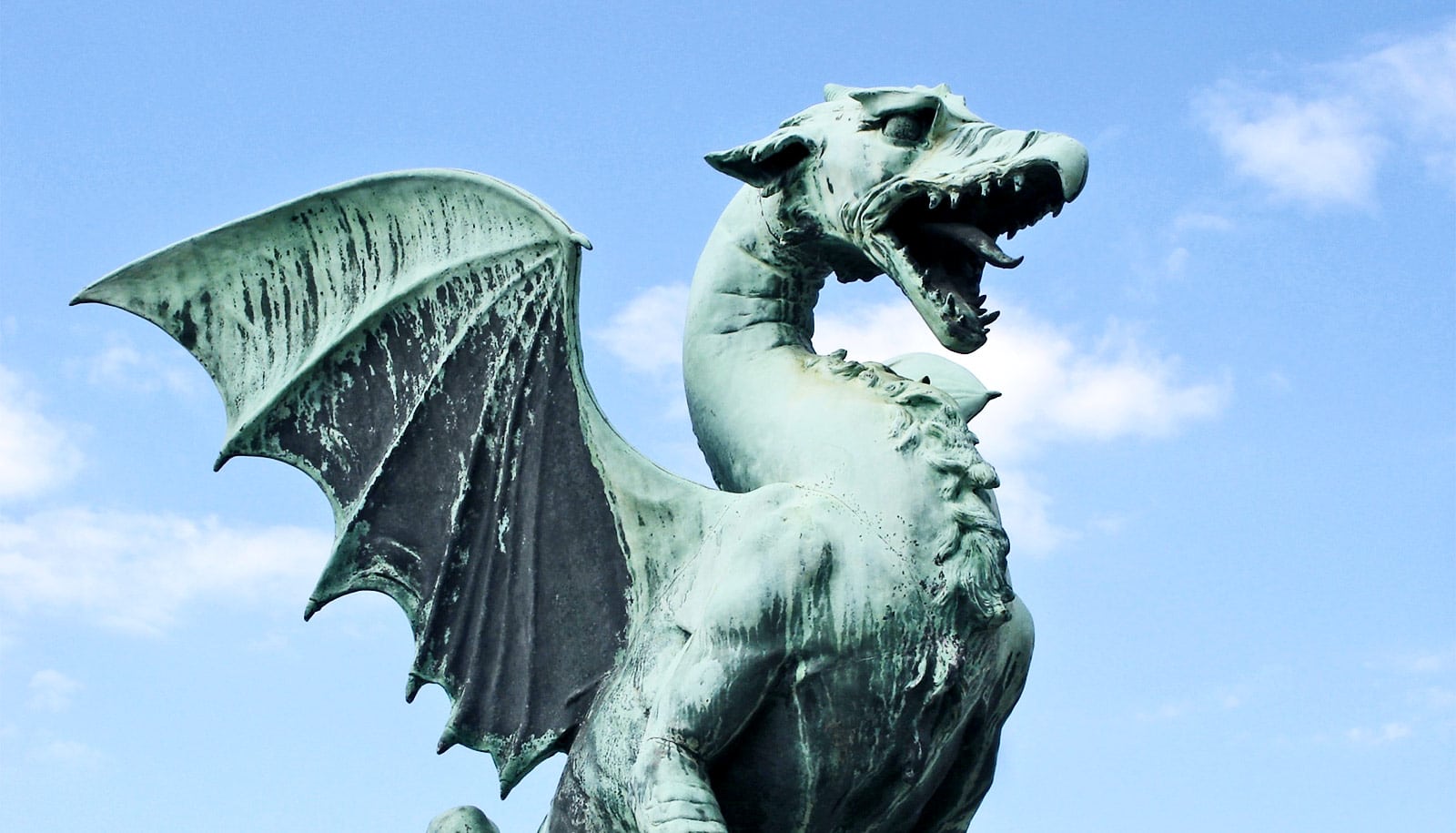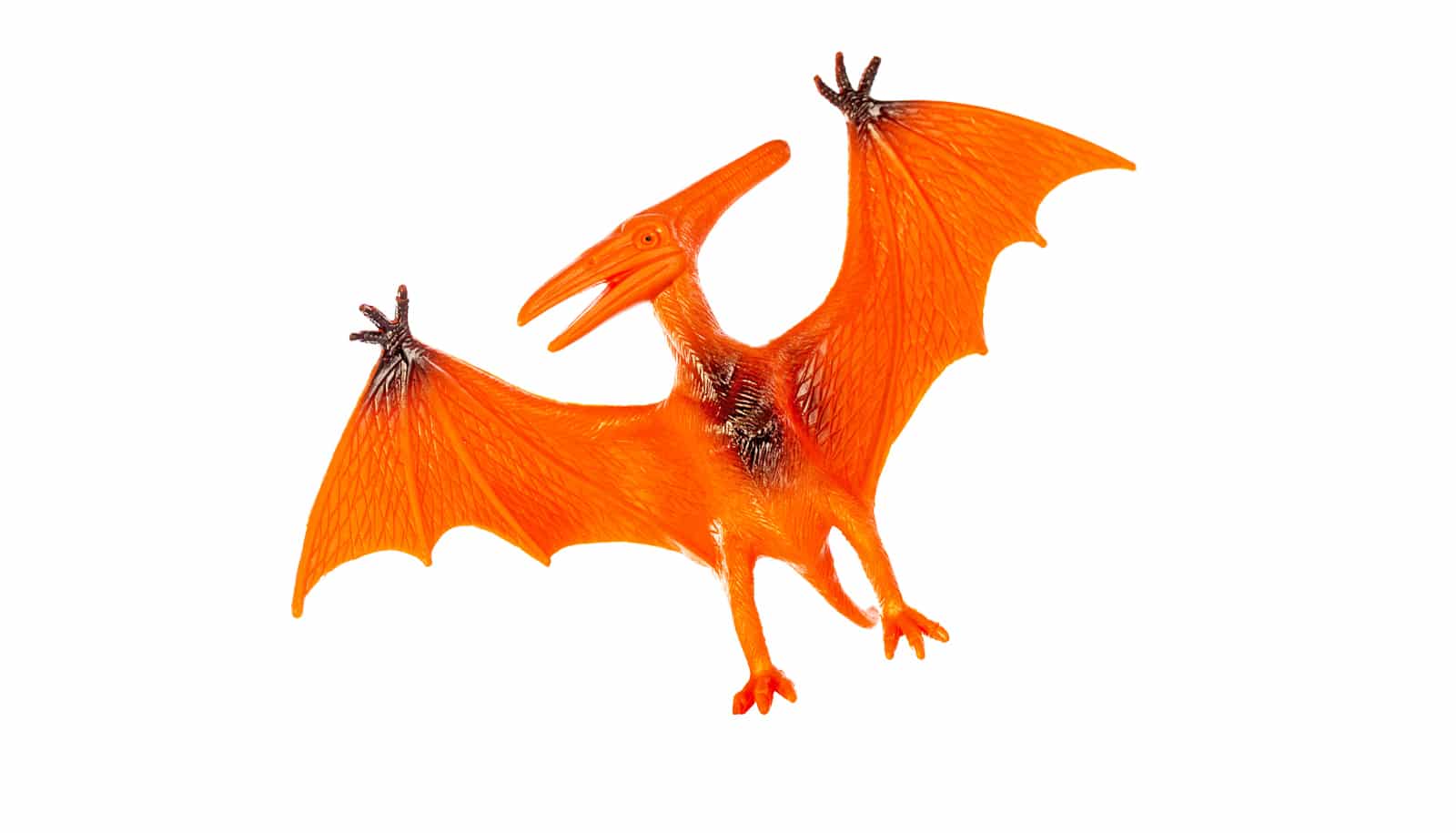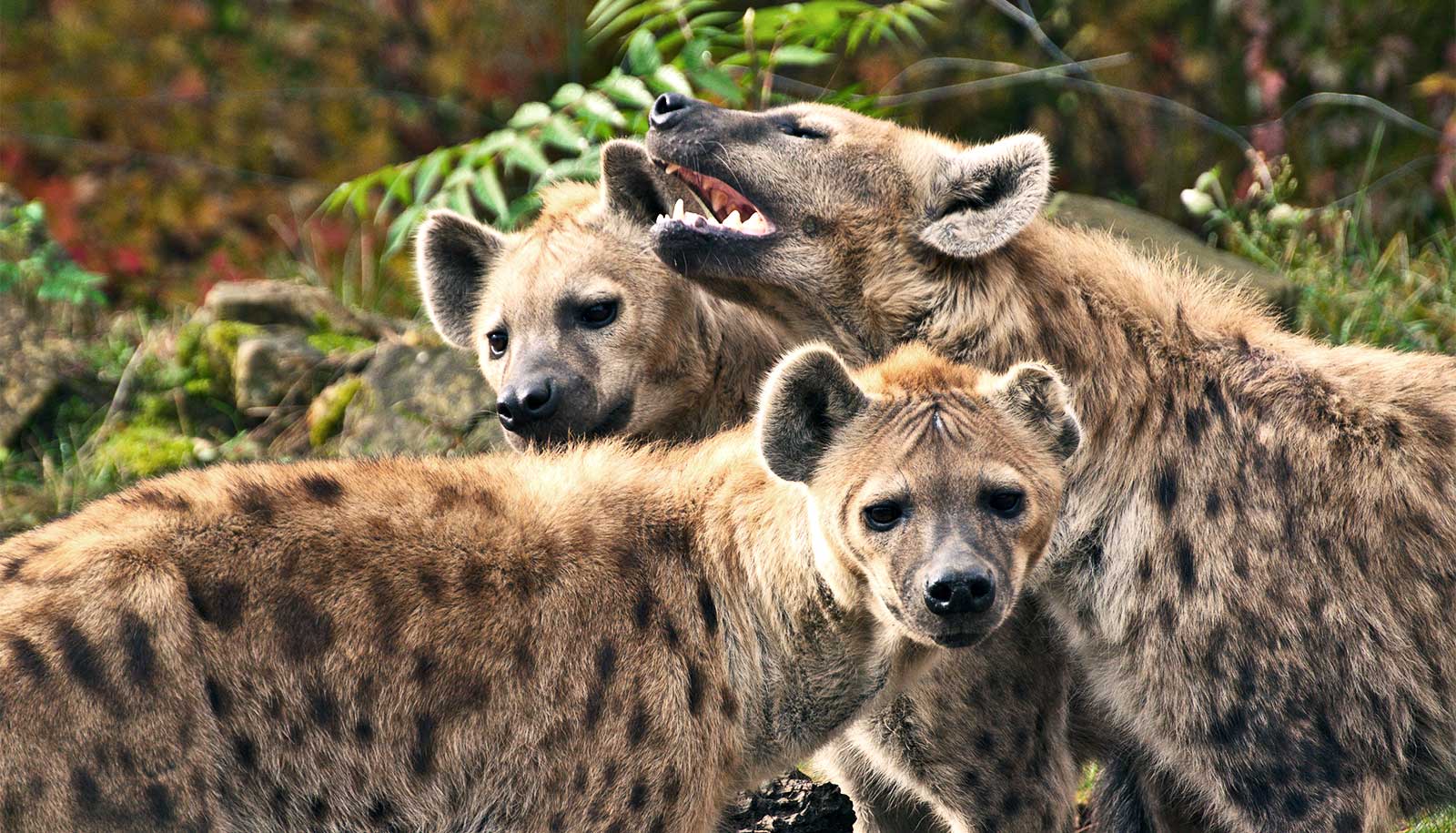As Game of Thrones returns for its final season, herpetologist Rachel Keeffe has answers to your pressing dragon-related questions.
If Daenerys’ dragons are as big as 747s, could they actually get off the ground? If dragons are cold-blooded, could they really go north of the wall? Could a herpetologist address highly fictional dragon scenarios using real science?
Keeffe studies reptiles and amphibians at the Florida Museum of Natural History and the biology department at the University of Florida. She is the coauthor and illustrator for a forthcoming book, “The Anthropology of Dragons: A Global Perspective.”
Ok, first thing: Please tell us that dragons could be real.
Unfortunately, no, we do not have evidence of dragons on this planet. We do have evidence of very cool extinct animals that were kind of similar to dragons, but no fire-breathing six-legged vertebrates, I’m afraid.
So what creature would be closest to a dragon?
I think pterosaurs. They fly, they’re reptilian, they have head ornamentation and they’re just really cool. I think that’s the closest we’re going to get.
Let’s imagine I don’t know what a pterosaur is…
Think of a pterodactyl. They are an extinct lineage of flying reptiles, and even though a lot of people associate them together, they are not dinosaurs; they are their own lineage. The largest one when it was standing on all four legs was the size of a giraffe. So they’re very interesting, very dragony in my opinion.
On to Game of Thrones dragons. Could a cold-blooded reptile really go north of the wall?
I think it may be possible, yes. There are amphibians that are freeze tolerant. The Siberian newt and the wood frog, they basically have these proteins which are like antifreeze in their blood and so they’re able to freeze almost completely solid and thaw and be perfectly fine afterwards. These are animals that aren’t warm-blooded, but are capable of withstanding freezing. But these dragons, you know, they’re probably warm-blooded because they’re powered flyers.
Wait—you’re saying Drogon, Rhaegal, and Viserion could be warm-blooded like us?
Something as big as the Game of Thrones dragons would have to be warm blooded. The fact that you have all your muscles and your organs working means that you’re generating your own heat. This has been a debate among paleontologists with regard to giant sauropod dinosaurs—it’s argued that they are inherently warm-blooded because they are so large, and in addition, they’re an animal that’s an active predator and is moving and has a high metabolism. These are things that you need to be warm-blooded in order to accomplish.
Speaking of size: Are there animals that keep growing through their whole lives, as GoT dragons do?
A lot of reptiles have what’s called indeterminate growth, which is unlike mammals, where you essentially stop growing at a certain point because you wouldn’t be able to sustain yourself if you were larger. That’s not the case in things like snakes and turtles. It’s not like they grow at the same rate their whole life, but they do continue to grow.
Could they really get as big as 747s?
I don’t think that’s feasible. The largest animal that ever lived, extinct or living, is the blue whale. The reason it can get so big is because it lives in the ocean, so its weight can be partially supported by the water column. If you put a blue whale onto land it wouldn’t survive because it wouldn’t be able to hold its own weight. So if you have something like Drogon which is just an astronomical size… its legs would break because of the structural limitations of bone. Even if it had a skeleton made of steel, it would still be too heavy to fly.
Even hypothetically if your bones didn’t collapse, at that size, that animal—especially if it’s endothermic and has a high metabolism—would be eating constantly. I don’t know if there’s enough people in in the Game of Thrones universe to sustain this animal.
It would also have a lot of excrement, which, I don’t know if Daenerys is going to be able to deal with that.
What would be more realistic?
Having a flying animal that has like a 35-foot wingspan—that’s what I see that has precedence in nature. The largest flying animal was Quetzalcoatlus, which is a pterosaur and had a 35-foot wingspan. But it also weighed, from what we understand, probably only .2 tons.
There are no reptiles that have powered flight, but we do have flying lizards such as Draco volans, which means “dragon that flies.” This animal has essentially taken its ribs and made them very elongated so they come out on the sides and there’s webbing between them. Normally they keep them against their side, but when they’re ready to escape a predator or move to a different tree, they flare them out and they’re able to glide through the air on their ribs, and they do a quite good job of it.
Then there are also flying snakes, which is really wonderful. A lot of people don’t think about snakes flying, but there are gliding snakes such as Chrysopelea, which does a similar thing. Their ribs also can flare out and they essentially create this airfoil with their body where it’s kind of concave on the belly. This allows them to catch the wind and they essentially slither through the air and use their tail kind of like a rudder. They can make great distance doing this.
There are also flying frogs that use the webbing between their hands and their feet as little parachutes.
How about fire-breathing? And assuming dragons could generate fire, how would they avoid melting their own mouths?
There are no real animals that are flame resistant or flame immune. There are animals that can resist super-high temperatures like ocean vents—certain worms can live in these really insane environments of heat, but that’s not fire. So even though there’s a precedent for animals withstanding really high temperatures, there is no precedent of an animal resisting an open flame for any length of time. But again, there could be some kind of flame-retardant mucus, or that the dragon is spitting something that then becomes on fire after it’s out of its mouth. I think having a spitting cobra dragon would be pretty cool, because that would cause some problems to people underneath it even if it’s not fire.
There’s also other animals that can shoot things out of their body. There are the lizards that can shoot blood out of their eyes and there is actually a gecko, Strophurus, which can shoot this goo out of its tail. It’s not toxic or anything. It’s just kind of gross. But it’s something that exists in nature.
The eggs Daenerys’ dragons hatched from are eons old. Could they still be viable?
Reptile eggs need a certain temperature and humidity in order to be viable. That’s a problem with climate change: You have these animals that require this exact temperature for incubation, and if the animal is laying an egg in the same place and it’s getting warmer, the eggs can become unviable.
Dragon eggs would also probably have these conditions where it has to have the right temperature, the right humidity, so it would be very difficult to have an egg remain dormant for so long. They would have to be taking very good care of those eggs in order to have them be alive by the time that Daenerys gets them.
What about fire hatching them?
There are plants which can resist fire and they have seeds which essentially require a fire stimulus for the seed to sprout. So it does exist, but as far as I know in reptiles, there’s no flame egg.
What do you do when you’re not thinking about dragons?
I’m a PhD student in the Blackburn Lab at the Florida Museum on Natural History, focusing my research on the morphology and evolution of frogs. I’m looking at the functional morphology of burrowing frogs right now. We’re CT scanning all of these organisms and uploading them online so everyone has access to the 3D file of the skeleton as part of oVert TCN, and it’s really awesome because you can ask questions involving the evolution of all frogs.
It’s awesome to have this huge data set and look at questions like, how does the shape of the arm change in frogs that dig versus frogs that swim versus frogs that walk?
Had the pleasure of CT scanning a male Conraua beccarii with @DrScanley the other day–these amazing frogs are found in Ethiopia and the males are known for having huge heads! Check out the curve of that maxilla! pic.twitter.com/RXOcp1DglC
— Rachel Keeffe (@rmkeeffe) May 30, 2018
Why do we need to know that?
It’s important as an evolutionary biologist to understand how things change over time so we can predict how things will go in the future and also learn what’s the best way to take care of the animals we have today. We want to make sure that in conservation efforts, we know what each animal needs when we go to protect it and for a lot of these frogs, we know nothing.
Some of this work also has implications for learning how things move and what’s the best way for things to move. In terms of biomechanics, there are applications for making digging robots. Hopefully one day we can make a robot dragon, and then we’ll understand exactly what the limitations are on flying.
Source: University of Florida


